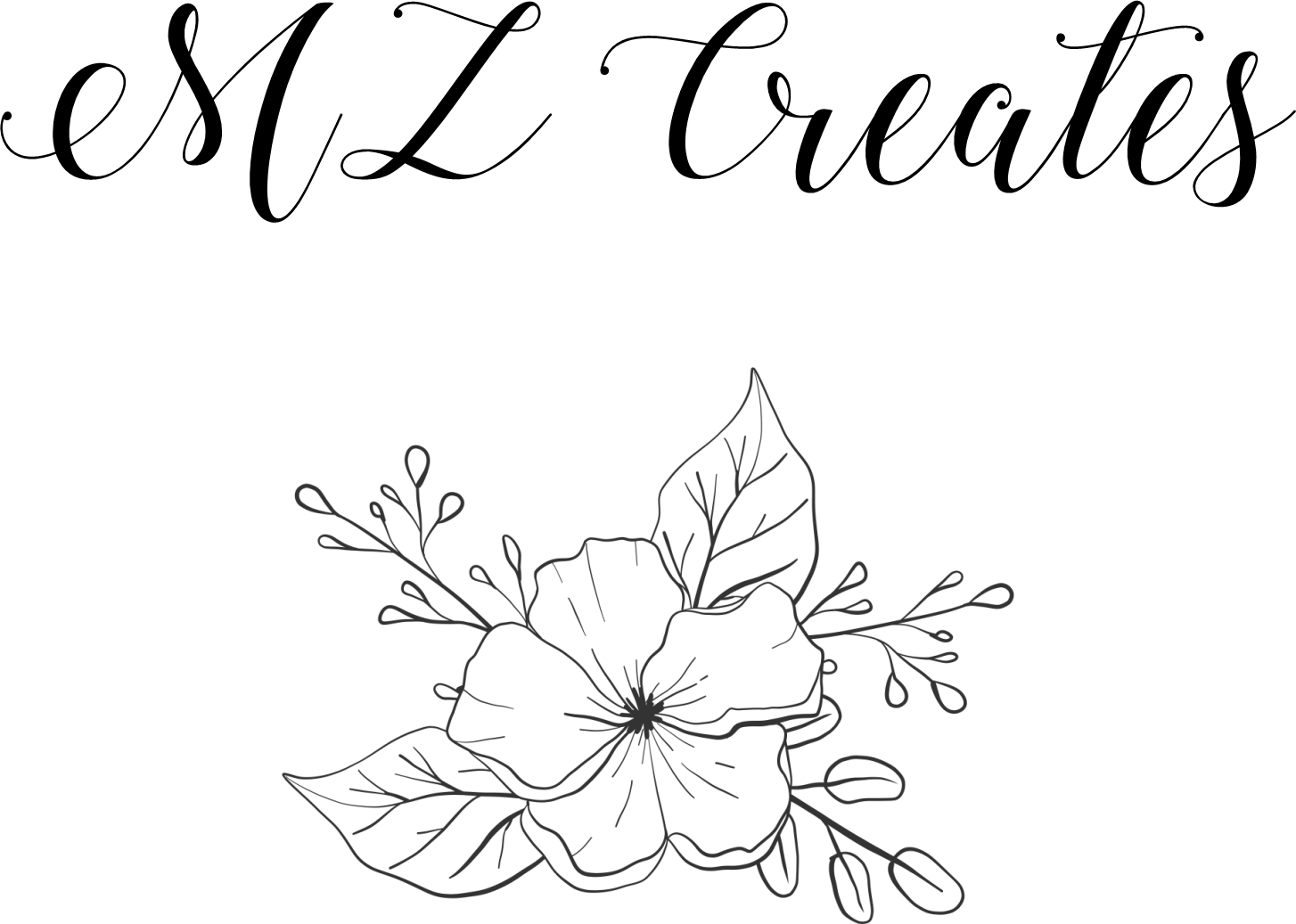The Mesmerizing Dance of Lines: A Step-by-Step Guide to Creating a Zentangle Tile
Zentangle is a wonderfully meditative art form, and it has captivated artists and enthusiasts around the world with its intricate simplicity. Every stroke and line is a deliberate action that unveils a beautiful pattern. In this step-by-step guide, let’s create your very own masterpiece on a Zentangle tile.
In my book ‘Around the World in 80 Tangles,’ I’ve included 80 unique tangles from 50 artists who belong to 30 different countries. So many great tangle patterns so little time. In this blog, I’m featuring Lucy Farran from the UK and her pattern titled ‘Caro.’
Step 1: Gather Supplies
Creating Zentangle art is wonderfully simple, and you don’t need many supplies to start. Here’s a basic list of things I like to use. I use the Zig Cocoiro to fill in large black spaces, but you can use any permanent black marker for that.
Paper: Zentangle tiles are typically 3.5 x 3.5 inches square pieces of high-quality paper designed specifically for Zentangle. However, you can also use any good-quality white paper. I like getting a good 300lb watercolor paper when cutting my own.
Pens: Fine-tip black pens are essential for creating intricate patterns. Micron pens with various tip sizes (0.1, 0.3, 0.5) or similar are commonly used. Archival ink is recommended to ensure your art remains vibrant and doesn’t fade over time.
Pencil: A regular pencil is used to create the initial framework, like drawing borders and strings. It’s important to use a pencil with a light touch, as these lines are supposed to disappear into the background once you add the tangles on top.
Blending Tool: A blending tool like a tortillon or blending stump is optional but adds a nice touch to your Zentangle art. It’s used for gentle shading to create depth and dimension.
Eraser: A soft eraser can be handy for removing pencil lines after you’ve completed your Zentangle patterns if needed. Traditionally the use of an eraser is not encouraged in tangling.
Reference Material: While not necessary, having a Zentangle pattern guidebook or access to online pattern libraries can be helpful for inspiration and learning new patterns.
Workspace: Set up a comfortable and well-lit workspace where you can focus on your Zentangle art without distractions.
Remember, Zentangle is about embracing simplicity and creativity. You don’t need elaborate or expensive supplies to create beautiful Zentangle patterns.
This is what ‘Caro’ will look like. For this, I created some easy steps you can follow.
1. Start by creating the boundary triangle.
It doesn’t have to be precise.
2. Create the heart centers.
3. Draw an inner triangle carefully to keep its distance from the outer triangle for uniformity.
4. Add circles between the hearts. Then fill inside
triangle, but keep the shapes bank.
5. And you’re done!
Let’s use this to create our Zentangle tile.
Step 2: Create a Border
Lightly draw a border around the edges of your Zentangle tile using a pencil. This creates a framework to contain your masterpiece. Start by drawing dots around the edges and then connect when with pencil lines to create your border. I’ve made straight-line connections, but you can make the border wavy, looped, or whatever else your heart desires. I recommend a simple square frame if you’re just starting and want to stick with something simple.
Step 3: Choose a String
A “string” is a freeform line that guides your Zentangle design. Draw your string using gentle, flowing curves, zigzags, or any shape that inspires you. The string divides your tile into sections to fill with patterns.
Step 4: Select Patterns
Zentangle is all about combining various patterns. Choose tangle patterns that resonate with you. I started with Karo and tiled it around the base of my string.
Step 5: Begin Tangling
Start filling the sections created by your string with the patterns you’ve chosen. Use pen strokes—lines, dots, curves—to bring the patterns to life. There’s no right or wrong; each stroke is a delightful exploration. I created variation by including tangle patterns ‘C-rendipity’ by Veena Arun and ‘Walk the line’ by Chris Titus, who is also featured in my book. Then I added a bit of my own!
Step 6: Embrace Shading
Shading adds depth and dimension to your Zentangle tile. Use your blending tool to gently shade certain areas, creating contrast and a 3D effect.
Step 7: Appreciate and Share Your Art
Step back and admire your Zentangle masterpiece. Embrace the imperfections and celebrate the journey of creation. Share your Zentangle tile with the world! Post it on social media, gift it to a friend, or frame it as a reminder of your creative journey.
Zentangle is a mesmerizing art form that allows you to explore patterns, shapes, and lines in a meditative way. Each tile is a testament to your creativity and imagination. So, pick up your pen, let your lines dance, and watch your Zentangle masterpiece come to life!
#ZentangleArt #StepByStepGuide #CreativeProcess #ArtisticJourney #MindfulCreation #MeditativeArt #PatternPlay #UnleashYourCreativity #ArtInspiration #ZenDoodle #LineArt #ArtForRelaxation














